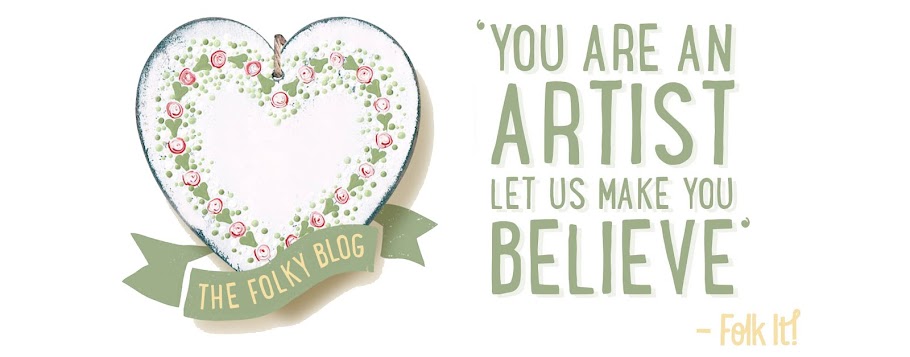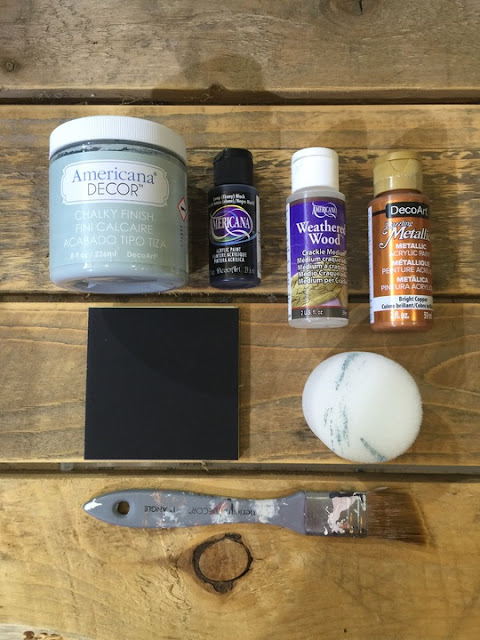When we meet our customers at shows or at our Ambassador courses, they will often say that they love to complete our dotty designs made popular by our Starter kits and Dotty collection but that they just can't get the hang of comma strokes. For many, it seems like a huge leap of faith to suddenly swap your dotting tool for a paintbrush and it can be easy to become disheartened with your progress if we don't get it right first time. Sound familiar?
The thing is, not everyone will experience
these 5 issues, some may only be missing one of them but each factor can make
the difference between a wonky comma stroke and the brush stroke you've always
dreamed about painting. The great news is that each one of them is a
minor thing and we see them time and time again but we also see that with
awareness, practice and perseverance, these issues can be overcome and anyone
can create the perfect comma stroke.
So, what are you doing that is throwing your brushstrokes off track?
When we are painting, it is easy to become so
focused on the act of painting that we don't consider the fact that we might be
doing something differently to what we have seen others do. The next time
you sit to paint a design from one of our Series 1 add on kits, we would like
you to become aware of these issues and, if you see that these are something
you do, work on improving them.
1. Thinking too much
Well of course we need to concentrate, we are
learning a new skill! Right? To a point.... Yes, we need to think about how we
are sitting, where our paintbrush is pointing but once we have mastered those,
we should let the brush do the work rather than our minds. So often
we become so hung up on creating the perfect curve, the neatest point, that we
try to control the direction our brush is going and flick the bristles or pull
the brush away too quickly from our paper.
We will let you into a little secret here.....
if you position your brush on the paper correctly and move your brush slowly,
you will find you get a much smoother stroke. It does not matter if each
practice stroke is not perfect, what matters is that you sit back, relax and
enjoy the process. The funny thing is that once your paintbrush
knows you're more relaxed it will work with you instead of fighting
against you!
2. Loading your brush with too much or too little paint.
When you load your brush with too much paint,
you will find that as you paint your comma stroke, the comma will not be flat
but will have two ridges of paint on each edge of the stroke. If you do
not load your brush with enough paint, no matter how you move your brush to
create the point, your brushstroke will fade away and disappear before you can
finish it.
To see how to load the correct amount of paint
onto your brush, take a look at this video (you will have a similar
demonstration on your DVD included with the add on kit you've
bought).
3. Holding your brush too
flat.
When we are striving for the perfect
brushstroke, we want to get it right and it's easy to think that if we hold our
brush flat meaning the handle is close to our practice paper, then it will help
us to control the brush more when in fact it often makes it harder to
use.
To overcome this, you need to forget about the
brushstrokes and the outcome and perfect the way you hold the brush. To help
you paint the best comma stroke, sit upright and hold your brush in the hand you
feel most comfortable using (Right handed people are no more successful at Folk Art painting than left handed people, everyone is on an equal footing when they first begin painting). Without using any paint to begin with,
simply place your brush on the paper and point the top of the handle towards
your shoulder. For example, if you are left handed, the handle should
point slightly towards your left shoulder. This means that your brush should be
almost upright rather than pointing to a wall. If you are right handed,
your paintbrush should be pointing up and tilted towards your right shoulder.
4. Holding your brush too high up.
For many
of us, when we have painted in the past, as a child or later on, no one has
shown us how to hold a brush as there isn't necessarily a correct way to do
so. If you find that your brushstrokes are not coming out the way you
would like them to, check where you are holding it. If you grip your
brush higher up on the wooden area, you are not alone and you need to
reposition your grip now.
To correct this mistake, you need to think of your
brush almost like a pencil. You should be holding your paintbrush close
to the ferrule - the metal area of your brush. Holding it here still
allows you to see your comma strokes as you create them yet it gives you much
more control when you are painting.
5. Not putting enough pressure on your brush.
It can be so easy to be scared of putting pressure on
your brush when creating this lovely brushstroke and many new folkers tend to
put just enough pressure on their brush for the bristles to touch the paper.
Doing this has a tendency to create thin, wobbly brushstrokes.
To help you paint a confident, rounded comma
stroke, as you hold your brush pointing towards your shoulder, press your brush
towards the paper so that the bristles lay almost flat on the paper (but do not
allow the metal ferrule to touch the paper) you will see the bristles spreading
out slightly as you do (this helps to create the nice rounded shape at the top
of the comma stroke). Once you have added this pressure, to complete the
stroke, slowly drag your brush and lift at the same time. It is the
process of removing this pressure and lifting the bristles away from the paper
that helps to create the point at the end.
It may seem
daunting to try to tackle these issues but just as when you learn anything new, it
will get easier and with enough practice, it will become automatic. As
you practice, you are teaching your body how to carry out these actions,
building muscle memory until eventually, your body and hands will help you
create confident brush strokes without you having to consciously think about
it. Whether you have already perfected this skill or have some way to go,
the fun is in practicing. For us, completed projects are wonderful but
nothing can beat sitting down and just painting and not worrying about the
outcome.
Happy Folking!




















